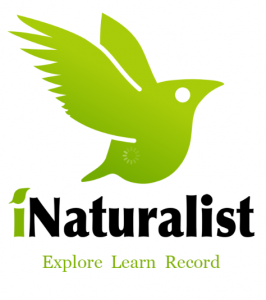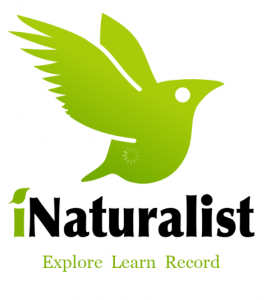Originally posted by Jiri Karas on September 27, 2019.

Having read the resources about lifelong, collaborative learning and opportunities for ‘just in time’ input via mobile technologies (Hardyman et al., 2013), I was wondering about apps that may provide spaces where similar types of learning can occur. Hardyman’s example focused on the medical profession, where a case-specific situation required applicable information, but there was likely a cumulative effect of such use by the doctor in question. I believe that in non-formal (lifelong) learning contexts and perhaps also in formal education contexts there are opportunities to use citizen science mobile apps for similar types of learning.
An example is iNaturalist, a citizen science app/site created by California Academy of Sciences and the National Geographic Society. A community of nearly 2 million users is able to share pictures of plants and animals and let other users identify them, add their comments etc. I have been using the app with my kids to learn more about nature in our area as we moved to Vancouver Island only last year and are not too familiar with the flora (more so than with the animals, of course). I can imagine using the app in formal learning contexts at higher K-12 grades as well.


I think these kinds of apps are wonderful as they not only encourage life-long learning but they offer a space for a community of like-minded individuals to come together. Here they can share, learn and converse in an informal learning space around a topic of interest that they all share. Zooniverse is another such app. that I have played around with- you can help identify galaxy formations, craters on mars and even identify wild animals caught on camera within national parks around the world.